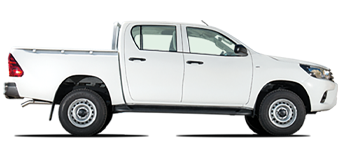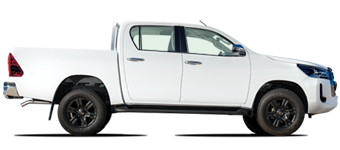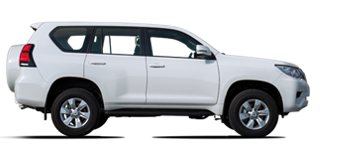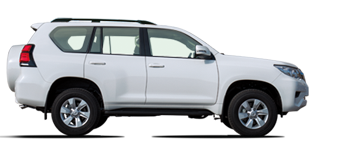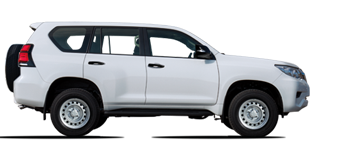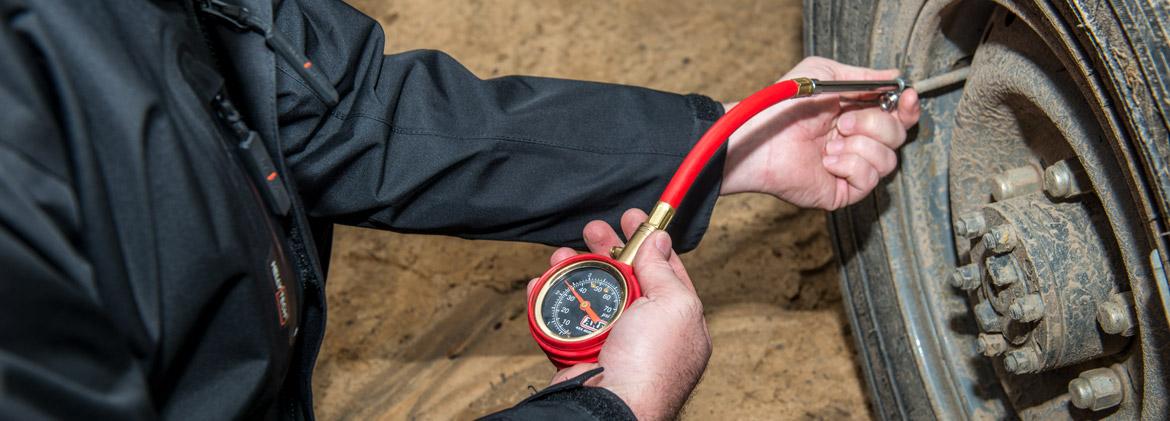Top Tips About Tyre Pressure!
Our Technical & Fleet Training Department have often observed some irregularities regarding tyres and in particular tyre pressures when training our clients in the field.
So why are correct tyres pressures important? What impact does this have on the vehicle, it’s occupants and other road users?
Let’s check their advice below!
The pressure should only be checked when the tyres are cold.
In order to obtain an accurate cold tyre inflation pressure reading your vehicle has to
have been parked for at least 3 hours and not have been driven for more than 1.5km or
1 mile since.
Always use a tyre pressure gauge.
The appearance of a tyre can be misleading. Besides, tyre inflation pressures that are
even just a few bar or psi off can degrade ride and handling.
Do not bleed or reduce tyre inflation pressure after driving.
It is normal for the tyre inflation pressure to be higher after driving.
Be sure to reinstall the tyre valve caps.
Without the valve caps, dirt or moisture could get into the valve core and cause air
leakage. If the caps have been lost, have new ones put on as soon as possible.
CAUTION !
Keep your tyres properly inflated. Otherwise, the following conditions may occur and
cause an accident resulting in death or serious injuries.
Low tyre pressure (under inflation) can result in the following:
• Excessive wear
• Uneven wear
• Poor handling
• Possibility of blowouts from an overheated tyre
• Poor sealing of the tyre bead
• Wheel deformation and/or tyre separation
High tyre pressure (over inflation) can result in following:
• Poor handling
• Excessive wear
• Uneven wear
• A greater possibility of tyre damage from road hazards
Tyre air pressure gauge Option code: TYRPG










